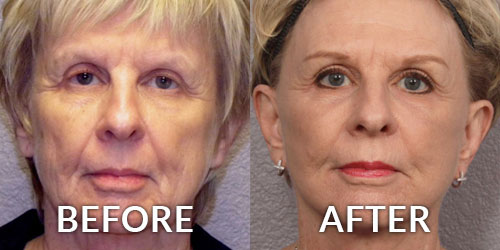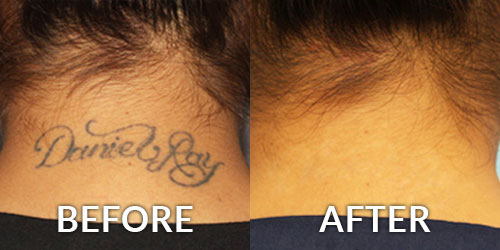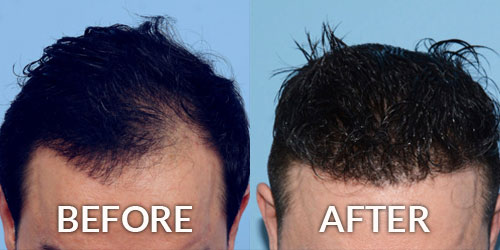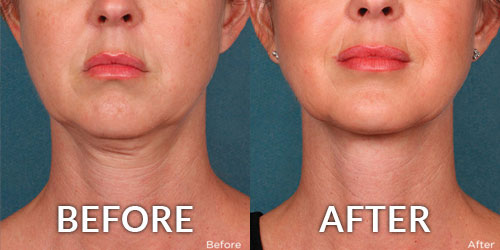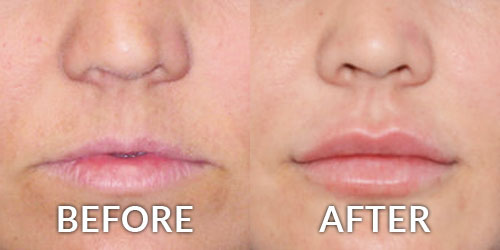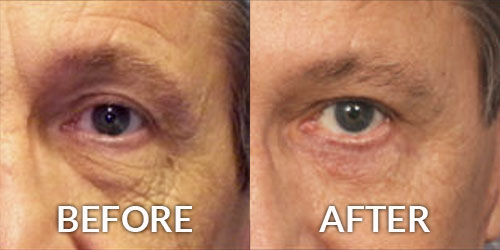Overview
Consultations offered at our two convenient locations in Phoenix and Scottsdale
Dr. Laris and his team of medical providers specialize in all areas of medical, surgical and cosmetic dermatology.
Medical Dermatology
Medical Dermatology comprises the diagnosis and treatment of many diseases of the skin, hair, and nails in patients of all age groups – pediatric, adolescent, adult, and geriatric.
Surgical Dermatology
Surgical Dermatology involves the treatment of skin disease through surgical means. This can involve excising (cutting away the diseased area), electrodestruction (using electricity to destroy the diseased area), or cryosurgery (using liquid nitrogen to freeze the diseased areas).
Cosmetic Dermatology
Cosmetic Dermatology involves using a treatment that is meant to improve a patient’s appearance on the skin, hair or nails rather than treat a disease. To learn more about the cosmetic dermatology treatments available at Phoenix Skin, click on the cosmetic surgery, injectable treatments, or laser treatments tabs.
Skin problems can affect anyone, at any stage of life. In fact, one in three Americans suffers from a skin disorder at any given time. Phoenix Skin Dermatology offers treatment for the following conditions:
| Acne | Acne is a very common skin disease caused by inflammation and infection of the oil-secreting glands in the skin. There are several types of acne, ranging from mild to severe, as well as cystic inflammatory lesions. Acne is commonly on the face, chest, and back and is most common in adolescents. |
| Acne Vulgaris | Usually refers to cystic acne with increased inflammation. This can be concerning because of the potential to leave pitted acne scars. |
| Actinic Keratosis | Pre-cancerous scaly lesions that can transform into a squamous cell skin cancer, if left un-treated. |
| Age spots | Also referred to as “lentigos” or “liver spots”, they are benign, hyper-pigmented growths on the skin, which are most commonly caused by sun exposure. |
| Alopecia Areata (hair loss) | Patchy hair loss of unknown origin. This can occur in any hair bearing area, but is usually on the scalp. |
| Atopic Dermatitis (Eczema) | A non-contagious disorder characterized by chronically inflamed skin and sometimes intolerable itching. |
| Birthmarks | Lesions that occur at or shortly after birth. Can be vascular or pigmented in nature. |
| Lait Spots | Smooth, oval, light brown birthmarks that often occur on the torso and buttocks. They can be benign or a sign of an internal disorder. |
| Cherry Angiomas | Benign vascular growths of unknown origin. |
| Cutaneous Lymphomas | A form of cancer that affects the skin. There are several types of cutaneous lymphoma, often presenting as patches, plaques or tumors on the skin. |
| Cysts | A sebaceous cyst is the most common type of cyst, resting just beneath the skin surface and occurs when a pore becomes clogged and sebum fills a small sac. These are benign and best removed with surgical excision. |
| Eczema | A non-contagious disorder characterized by chronically inflamed skin and sometimes intolerable itching. |
| Fatty Tumors | Also known as a “lipoma”, are benign conglomerates of fat cells of unknown origin. Some research shows that they may occur in areas of trauma. They are treated with surgical excision. |
| Genital Herpes | A sexually transmitted disease caused by the Herpes Simplex Virus – type II. |
| Genital Warts | Also known as “condyloma acuminate” is a common sexually transmitted disease caused by the Human Papillomavirus (HPV). |
| Genodermatoses | Inherited genetic skin conditions (examples include: neurofibromatosis, xeroderma pigmentosum, and icthyosis.) |
| Hemangiomas | A benign vascular lesion, often present at or shortly after birth. They often regress on their own as the child grows. |
| Hidradentis Suppurativa | An inflammatory skin disorder made up of clogged pores and inflamed cysts, originating from the sweat or sebaceous glands of the skin. Common under the arms, in the groin and in fat folds of the skin. |
| Lichen Sclerosus | A disease that causes white or hypopigmented, atrophic patches on the skin of genitals. There is no known cause. |
| Lupus of the Skin | A chronic skin condition that causes open sores and inflammation anywhere on the body, most commonly on the face. This is often the first sign of systemic lupus. |
| Melanoma | The most fatal form of skin cancer, often presents as a very dark black or brown, irregular, changing mole. |
| Melasma | Hyperpigmentation (or darkening) of the skin, commonly on the cheeks and face. Common with certain medications (oral contraceptives) or during pregnancy. |
| Moles | A brown or flesh colored growth on the skin. Moles can be benign or atypical, and can lead to skin cancer. |
| Molluscum Contagiosum | Raised, pearly colored viral bumps on the skin caused by the Poxvirus. Most common in children and immunocompromised individuals. |
| Polycystic Ovarian Syndrome | This female disorder occurs when the pituitary gland produces too much hormone. It can cause excessive facial hair growth, heavy and irregular menstrual cycles and lead to weight gain and obesity. |
| Port Wine Stains | A reddish-purple birthmark that occurs due to superficial and deep dilated blood vessels under the skin. |
| Psoriasis | An autoimmune skin condition that causes skin cells to built up on the skin creating thick, red and silvery scales. There is no cure for psoriasis. |
| Rosacea | A chronic skin condition characterized by a red facial eruption and often pimples and pustules on the cheeks and nose. |
| Scars | Atrophic or thickened areas of the skin, can be hyperpigmented or hypopigmented. |
| Skin Cancer | The three main types of skin cancer are basal cell carcinoma, squamous cell carcinoma, and malignant melanoma. All three types grow on the skin, but can spread internally to lymph nodes and internal organs, becoming potentially fatal. |
| Spider Angiomas | An abnormal collection of blood vessels at the surface of the skin. |
| Stretch Marks (striae) | Atrophic, red or hypopigmented lines in the skin, usually caused when a person rapidly gains or loses weight. |
| Telangiectasias | Small broken capillaries at the surface of the skin. |
| Unwanted hair Growth | Also caused “Hirsuitism” when it occurs on the face of a female, often due to an endocrine disorder or medication. |
| Varicose Veins | Veins that become enlarged and twisted near the surface of the skin, usually occurring in the legs. |
| Vascular Lesions | Several different types of lesions that occur due to broken or dilated blood vessels under the skin. Some can occur at birth or are acquired later in the life. |
| Venous Lakes | A blue or purple vascular lesion under the skin, common on the lips, ears and face. Can occur to due trauma or for unknown causes. |
| Warts | Warts are caused by a virus and spread through direct contact. There are several different types of warts and they can occur anywhere on the skin. |


